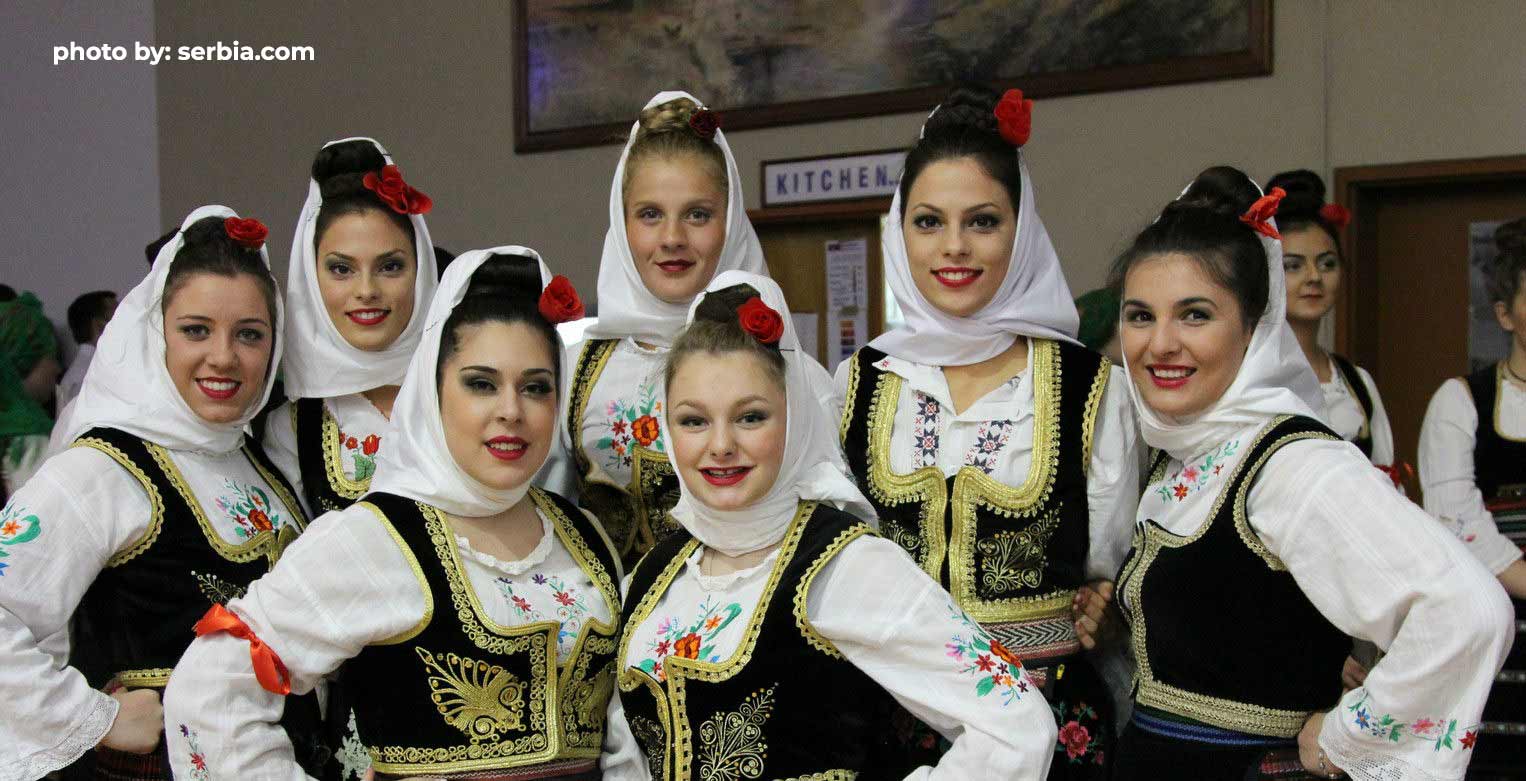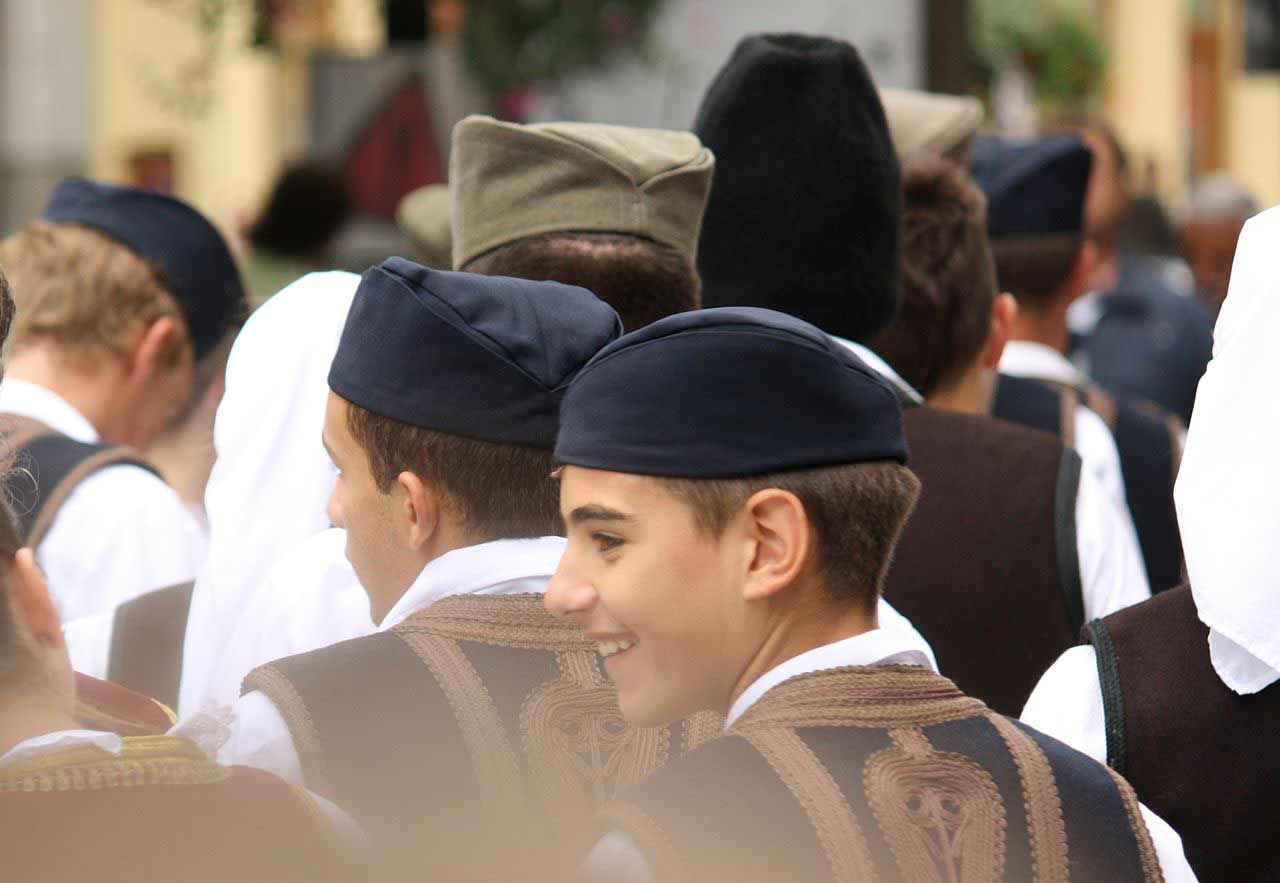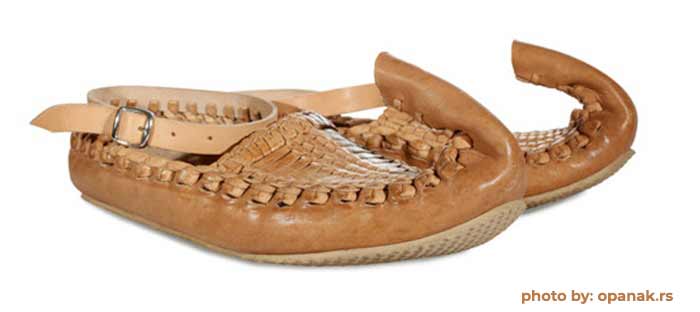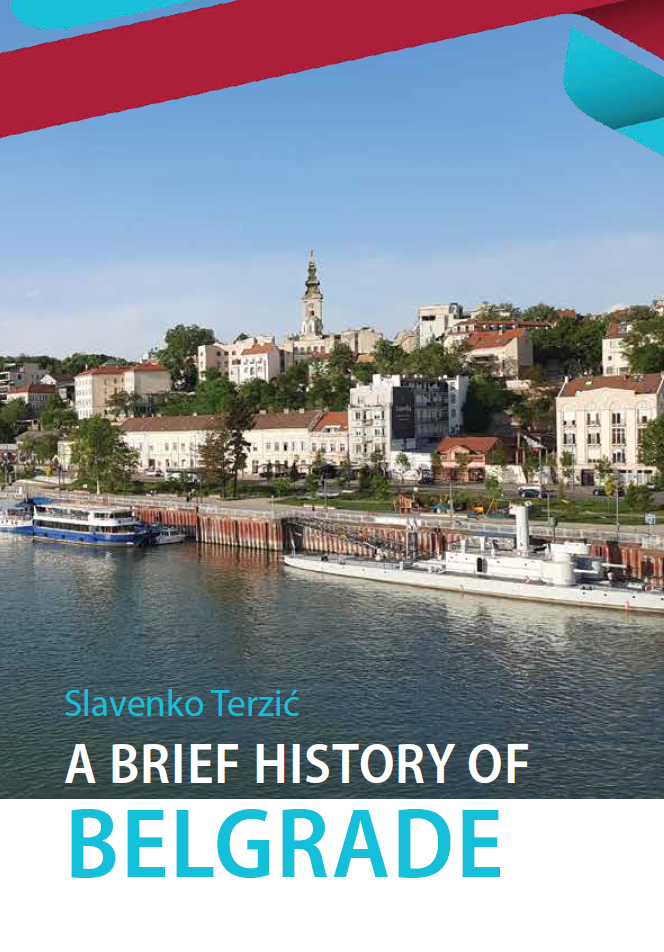Serbian folklore costume
Folk costumes play a very important role in creating symbols of national and ethnic identity. Folk costumes differ from one end of Serbia to the other, and the things they have in common are very impressive aesthetic elements.
Every region in Serbia has some special clothing element, whether it is a motif found on clothes, colors or something else, a dozen different types of folk costumes can be distinguished in this area. The folk costume as such is also a symbol of distinguishing Serbs from powerful conquerors.
Traditional costume and recognition
The traditional, folklore costume was an inexhaustible training ground for creative artists and the real pieces of art. The colorful elements with which the costume is decorated differ from one region of the country to the other, so only on the basis of one pattern, the shape of the opanak or the belt could one recognize where it came from.
Also, the traditional costume speaks about the age of the person, and about the material status of the family and the position in the society from when it comes. Different clothing elements and combinations played a particularly important role in mixed ethnic environments where, based on clothing, it was possible to know which ethnic group they belonged to.
Unfortunately, sets of folk costumes dating from the 19th and early 20th centuries have been preserved today.

Traditional costumes and the formation of clothing elements
The clothing elements of the traditional costume were under the direct influence, not only of cultural and historical factors but also of the geography of the terrain and climatic conditions in that area. Specially tailored clothes were often adapted to the nature of work, ie the economy that is dominant in that area.
The traditional costumes were made mainly by women, who made clothing elements for their families and family members. In addition to sewing, their job consisted of growing and processing yarn, as well as dyeing, tailoring and weaving wool, and decorating clothes with fine embroidery, lace, and other appliqué elements.
The basic raw materials used to make typical clothing elements for Serbian traditional costumes were plant fibers of cotton, hemp, and flax. Wool, as well as lamb fur, were used in making winter clothes.
In Vojvodina, the constant fashion influence from Western Europe existed, especially from Vienna. Folk costumes under the influence of fashion became more and more complicated and too often difficult to make, so the production was left to the seamstresses.
The influence was so strong that the Serbian, traditional costume in Vojvodina was almost completely lost during the 19th and the beginning of the 20th century.
Clothing elements of traditional folk costumes
Today, folk costumes as part of folklore have been preserved mainly for specific needs. So, today you usually see folk costumes in folklore games and performances. In some parts of Serbia, you will continue to meet people dressed in folk costumes during various celebrations.

Typical clothing elements that could be found in various clothing combinations throughout the country until the 19th century, and today the elements that can be found as part of folklore performances are šajkača, tkanica (belt), čakšire, trousers, socks, opanci, dolama, anterija, zubun, libada and fistan.
Traditional costume as a souvenir
Some elements of traditional costumes, such as opanak and šajkaca, are so striking that they have become one of the symbols and as such, you can often find them in souvenir shops.
We have already written about šajkača and the path it took from the Austrian army to the traditional clothing of the Serbian soldier. You can read more about šajkača text here.

A characteristic and very interesting clothing element is the opanak. Opanak is a traditional footwear used in medieval Serbia, mostly pointed at the top, which is made of leather. It is one of the ethnic symbols of Serbia and one of the most frequently bought souvenirs.













